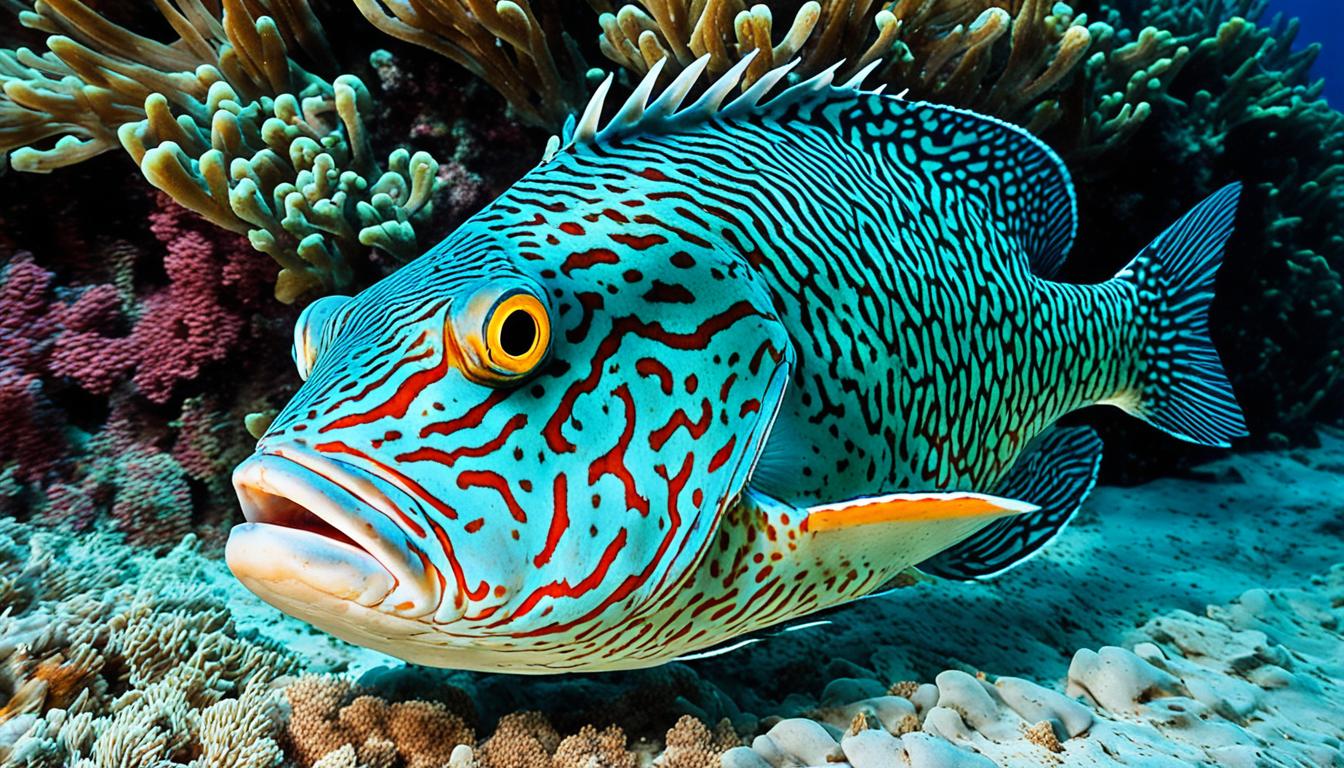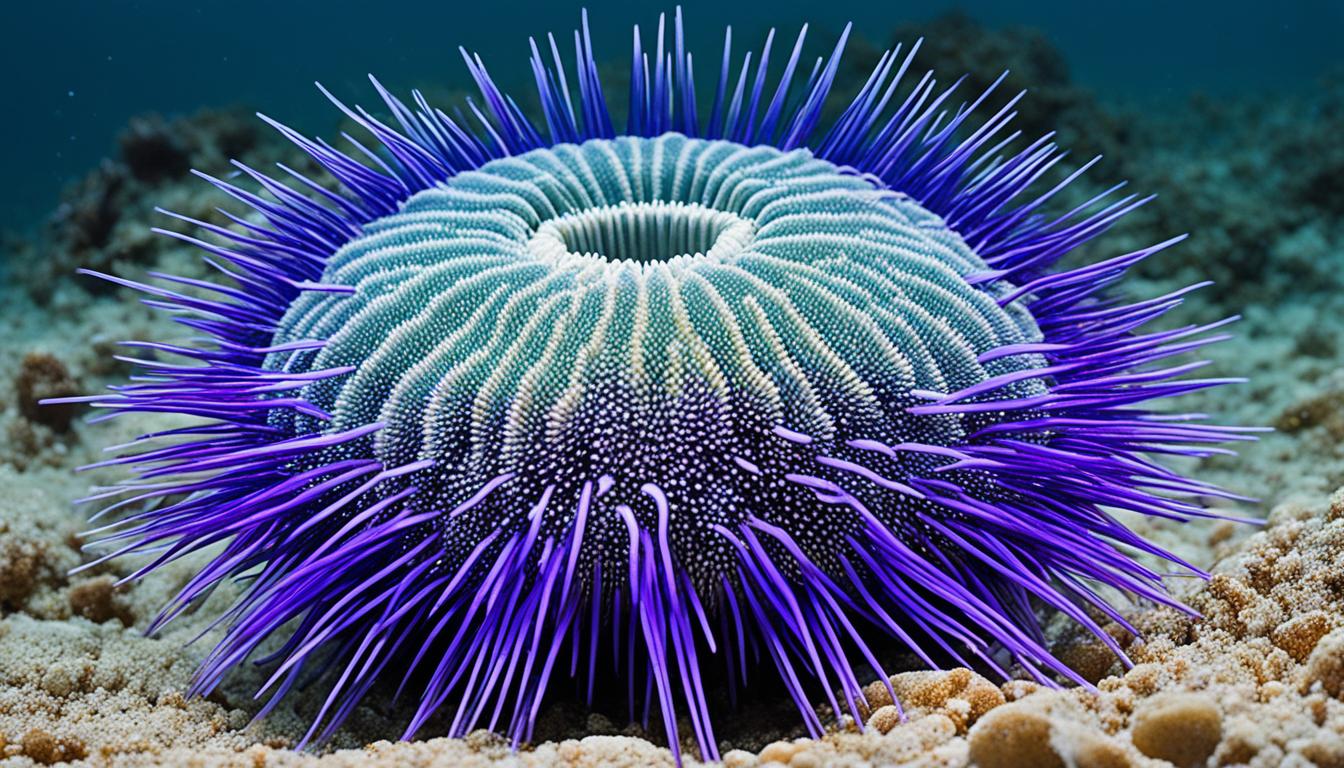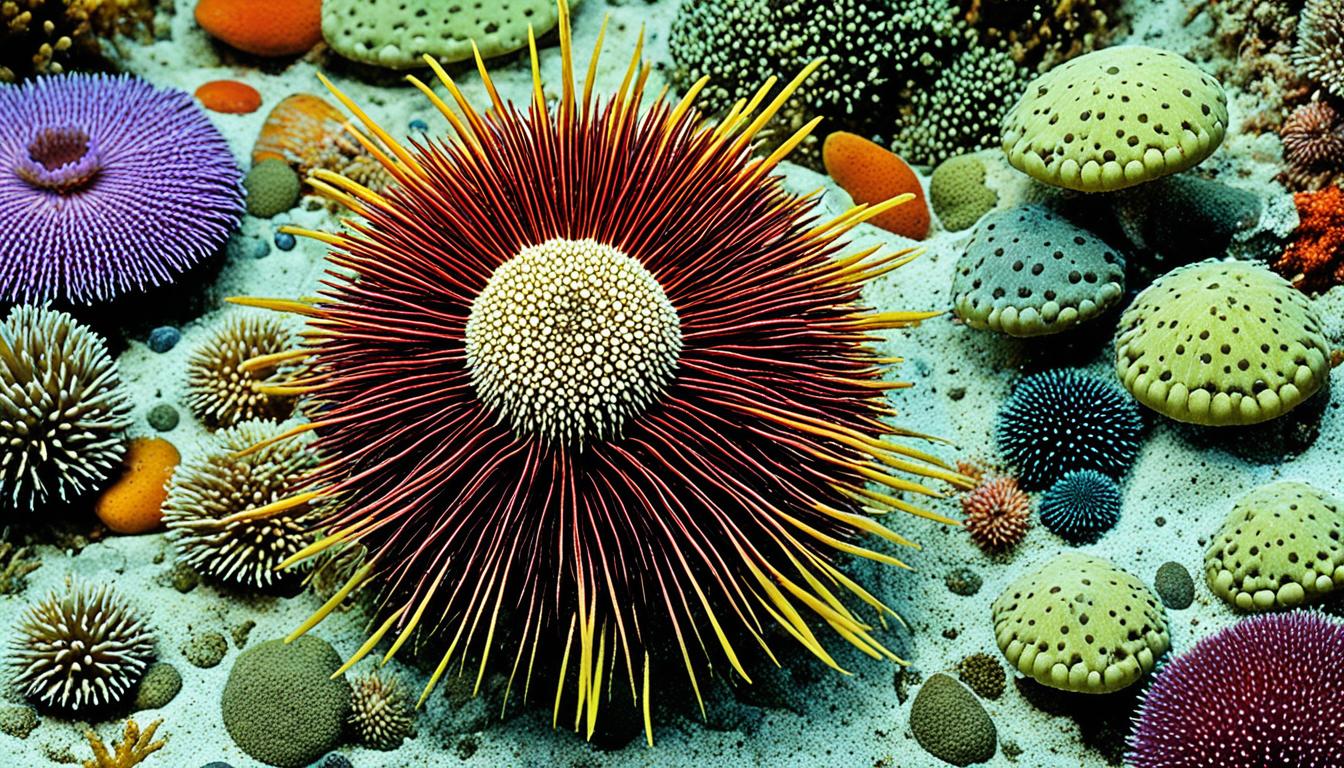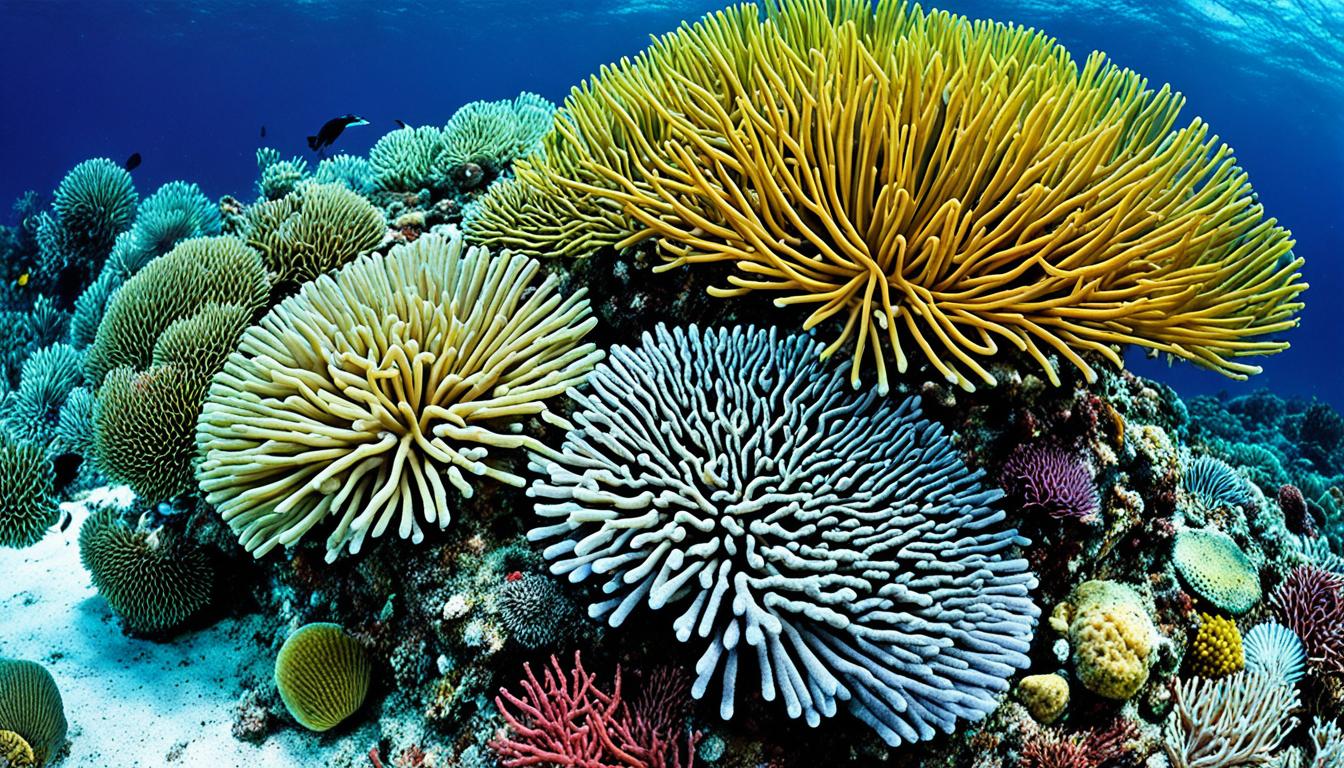Groupers have developed unique ways to stay safe underwater. You might ask, how do they defend themselves? These fish, especially the goliath grouper, use many defense strategies. They rely on their size and camouflage to stay safe in coral reefs.
This article will explore how groupers protect themselves. They use natural adaptations and behaviors like territorial displays and communication. Learning about their survival skills shows their amazing abilities and their important role in the ocean.
Understanding Grouper Defense Mechanisms
Grouper defense mechanisms are quite interesting and varied. They come from their biology and how they act. The Goliath grouper, for example, has big size that helps keep away smaller fish and some predators.
Groupers use many ways to defend themselves. They protect their homes from others. If they feel threatened, they show off by standing tall and shaking. This tells other fish to stay away.
They also make loud sounds with their swim bladder. These sounds warn other fish to stay back. Living in rocky places gives them more safety from predators.
The mix of size, behavior, and where they live makes groupers good at defending themselves. Learning about their defense helps us understand how they survive in the ocean.
Grouper Predators and Defense
In the underwater world, groupers face threats from predators like barracuda, sharks, and moray eels. Adult goliath groupers are big and hard to catch, so they’re not often preyed upon. But young groupers are at risk and hide in mangroves to stay safe.
This hiding spot helps them avoid danger. Knowing how groupers deal with threats helps us understand how they survive. They are very good at avoiding predators. They hide in reef crevices and caverns, which protects them and helps them hunt.
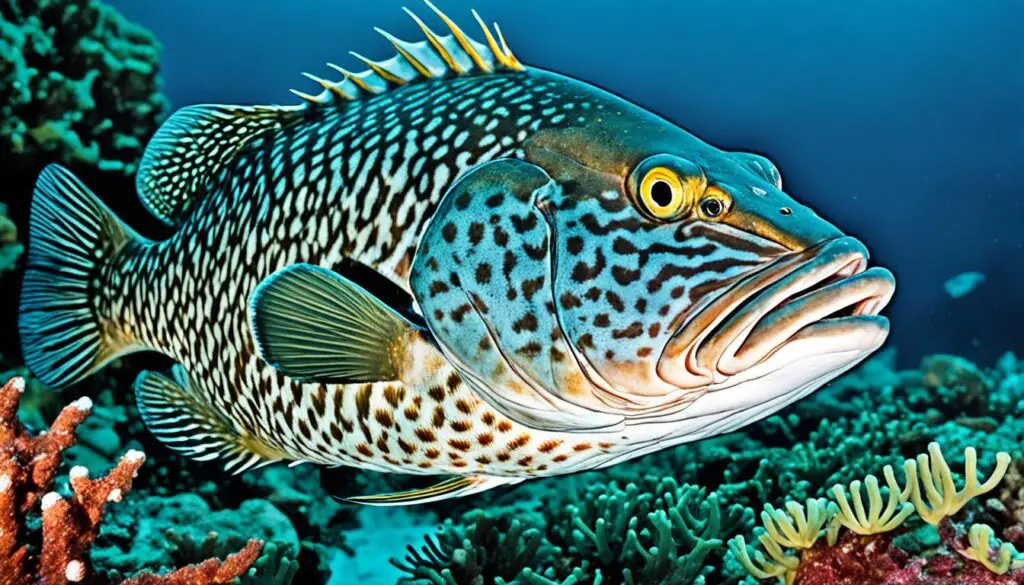
Groupers are sneaky hunters. They wait in ambush to catch prey and stay hidden from big predators. This way, they can survive even in places with lots of big fish that might eat them. They are quick to react to threats, which helps them stay alive in a tough environment.
| Predator | Grouper Threat Response | Survival Strategy |
|---|---|---|
| Barracuda | Seeking shelter in rocky crevices | Ambush hunting |
| Sharks | Staying hidden in mangroves | Utilizing size advantage |
| Moray eels | Rapid escape into reef systems | Cavern dwelling |
How do groupers defend themselves?
Groupers have unique ways to protect themselves in the wild. They use their size and strength, along with territorial behaviors. These methods help them deal with threats and keep their place in the ocean.
The Role of Size and Strength in Self-Defense
Groupers are big fish that scare off many predators. The big ones, like the goliath grouper, are very intimidating. Their size stops many marine animals from bothering them.
This size helps them defend themselves without needing to fight. It shows how groupers can protect themselves with their size.
Territorial Behaviors as a Defense Strategy
Groupers also protect themselves by being territorial. They make sounds and act aggressively to show they own the area. If someone comes near, they will stand their ground.
This behavior is key during breeding seasons. It helps protect their homes and keeps their population going.
Grouper Camouflage Tactics
Grouper camouflage tactics are key for hunting and staying safe. They have colors from mottled brown to grey, helping them hide in rocky and coral places. This helps them survive.
They use this camouflage to sneak up on prey. By looking like their surroundings, they can get close without being seen. Their size and patterns make them hard to spot. This helps them catch prey and avoid big predators.
Learning about grouper defense shows how smart they are. They can hide right before our eyes. This skill gives them a big edge in the underwater world.
| Adaptation | Function |
|---|---|
| Coloration | Blending in with the environment |
| Patterning | Minimizing visibility |
| Ambush Hunting | Surprise element for prey |
| Size | Effective in deterring larger predators |
Grouper Protective Behavior
Understanding grouper protective behavior shows how these fish adapt to their surroundings. They use ambush hunting, especially the big ones like goliath groupers. They hide well with coral, staying hidden from both prey and predators.
Ambush Hunting to Conceal from Predators
Groupers use ambush hunting a lot to survive. They stay still and blend in, waiting for prey to come close. This way, they catch more food and avoid big predators. It helps them use less energy and be more efficient in their home.
This way of hunting also keeps the ocean’s balance. Groupers’ survival shows how adaptable and important they are in the ocean. Their ambush tactics help them stay on top in the food chain and shape the ocean’s ecosystem.
FAQ
How do groupers defend themselves from predators?
Groupers use their size and strength to protect themselves. They also show aggressive behaviors and blend into their surroundings. This helps them fight off predators.
What are the primary defense mechanisms of groupers?
Groupers mainly rely on their size to scare off predators. They also use vocal signals and camouflage to hide in coral and rocky areas.
Who are the main predators of groupers?
Barracuda, sharks, and moray eels are the main predators of groupers. Adult groupers are safe due to their size. But, young groupers hide in mangroves to avoid these predators.
How does camouflage help groupers in defending themselves?
Camouflage lets groupers blend into their coral reef homes. This makes it hard for predators to see them. It also helps them sneak up on prey without being noticed.
What behaviors do groupers employ to protect their territory?
Groupers warn off intruders with loud sounds and aggressive looks. This keeps their territory and breeding spots safe.
How do groupers use ambush hunting as a defense strategy?
Groupers hide still and blend in with coral, waiting for prey to come close. This way, they save energy and avoid being seen by big predators.
Why is understanding grouper defense mechanisms important?
Knowing how groupers defend themselves shows their importance in the ocean. It tells us about their survival strategies and how they keep the marine world balanced.

